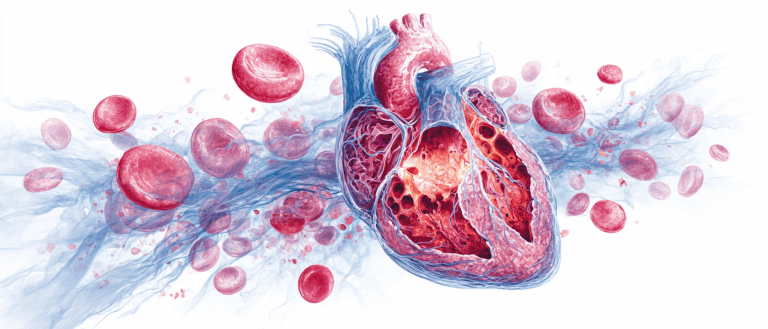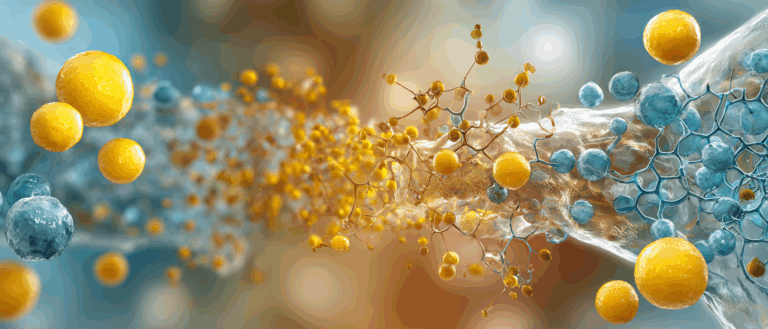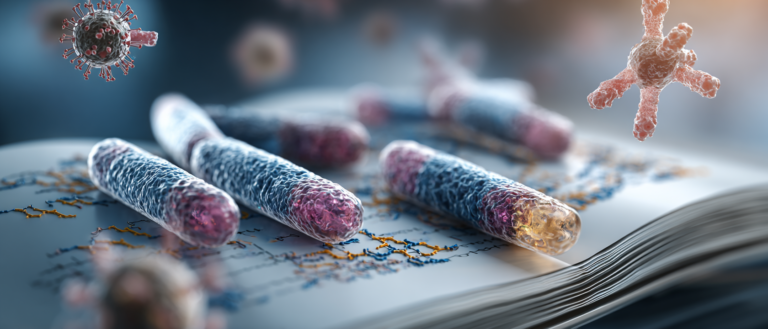Authors: Christophe Mallet, David A. Barrière, Anna Ermund, Bo A. G. Jönsson, Alain Eschalier, Peter M. Zygmunt, Edward D. Högestätt
DOI: 10.1371/journal.pone.0012748
Abstract Summary
New research reveals acetaminophen’s pain-relief mechanism: the drug is converted to AM404 in the brain by the enzyme FAAH, which then activates TRPV1 receptors. Studies in knockout mice confirm both FAAH and TRPV1 are essential for acetaminophen’s analgesic effects, offering insights for developing improved CNS-active pain medications.
Why Brain? 🧠
Study reveals acetaminophen’s pain relief works through brain TRPV1 receptors via metabolite AM404, explaining mechanism of world’s most common painkiller and enabling new analgesic development.
The image is AI-generated for illustrative purposes only. Courtesy of Midjourney.




